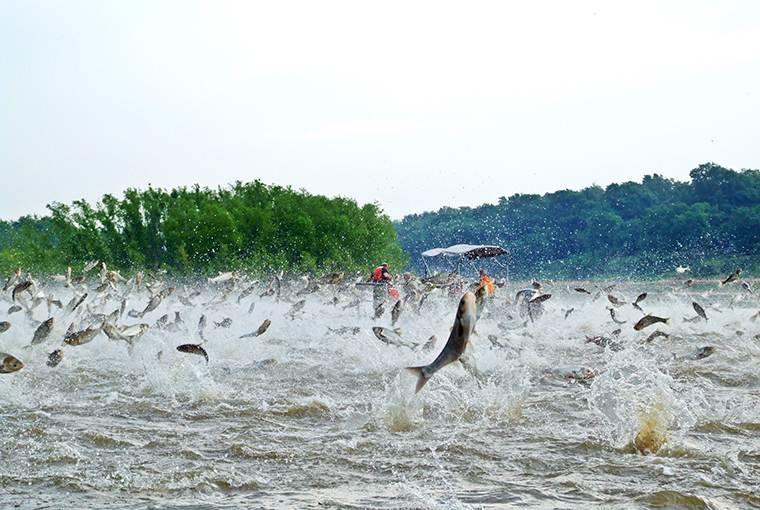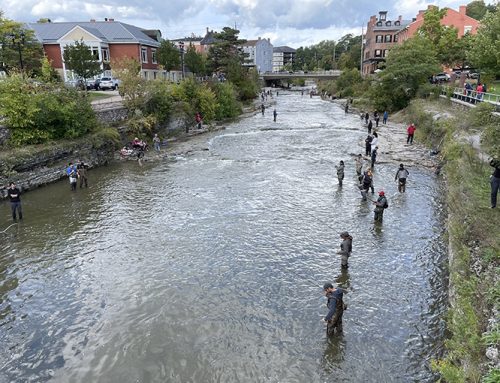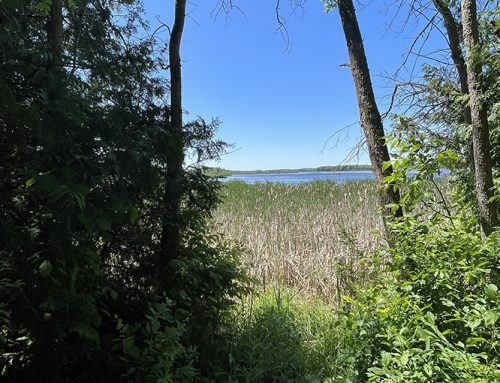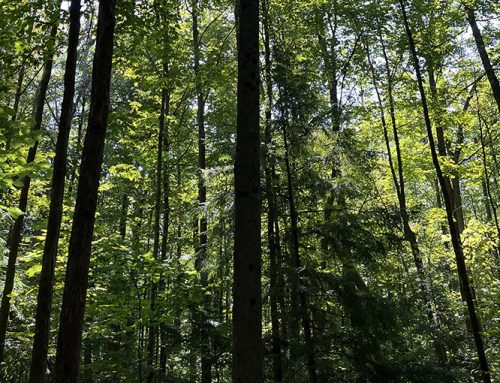
Efforts to keep Asian carp out of the Great Lakes took another small step forward in the final days of 2020.
The United States House of Representatives passed the Water Resources Development Act on Dec. 8 before Senate passage followed later in the month. The bill authorizes spending for enhanced measures to keep Asian carp from passing at the Brandon Road Lock and Dam in the Chicago Sanitary and Ship Canal.
Measures taken
These measures include technology like an acoustic fish deterrent, bubble current, electrical dispersal barrier, flushing locks and other new measures to keep Asian carp from passing the lock. The human-constructed Chicago waterway artificially connects the Great Lakes to the Missouri and Mississippi River systems, which Asian carp have invaded. It’s feared it will be the conduit that will allow invasive carp into the Great Lakes.
The bill contains two other important measures, Great Lakes Fisheries Commission communications director and legislative liaison Marc Gaden explained. It authorizes the federal portion of the joint federal/state spending to increase to 80% from the normal 65% for the Brandon Road initiatives, which should help construction start soon. It also has the flexibility to include future measures in the construction that aren’t in the legislation.
“If there is a technology they didn’t talk about and it appears to be effective, they can use it,” he explained.
Budget hopes
After Senate approval, and a few more steps, the hope is that final spending approval will be in President Biden’s first budget. Then it is expected to take several years to construct all the new technology.
Although some critics call the process too slow, Gaden said some monitoring is taking places and there are crews removing Asian carp below the lock. There is also an emergency response plan in place in case Asian carp are found beyond the Brandon Road Lock and Dam.
“They’re not at the barrier, so it’s not too little, too late,” Gaden said. “It’s something that needs to happen. It’s not like we’re sitting back – there’s pretty intensive work there to keep the pressure off.”






Hello I would like some information about how can I get a job or where to apply I’m a fisherman born I spend all my time at fishing and by the water that would be a dream job for me for help keep our water clean from those carp thank you in advance .
Bryan, As positions become available they are posted on https://www.ofah.org/jobs/.